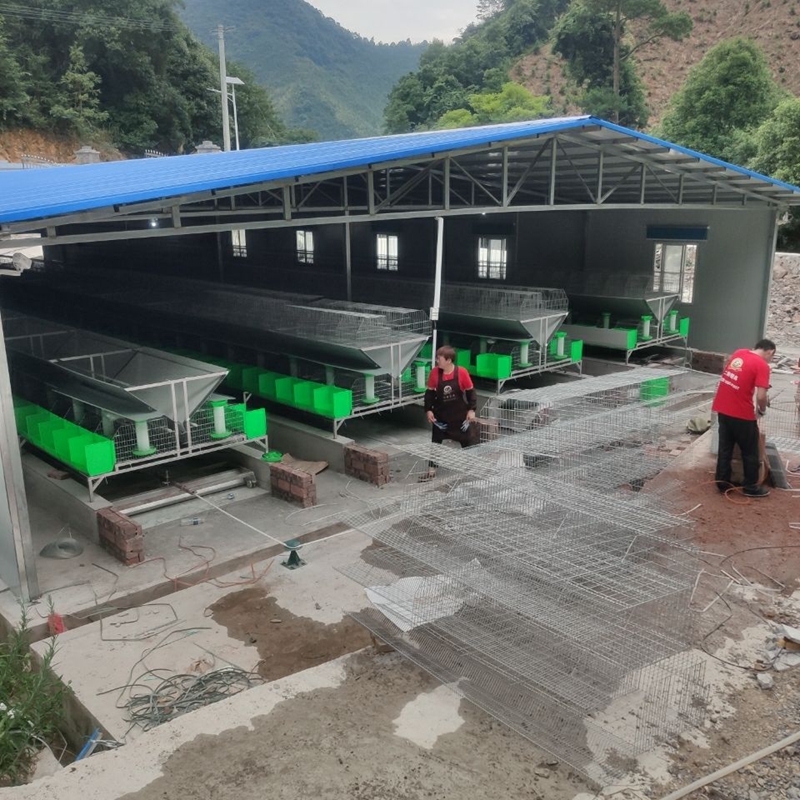Efficient Solutions for Laboratory Exhaust Fan Systems and Air Quality Management
Nov . 04, 2024 19:18 Back to list
Efficient Solutions for Laboratory Exhaust Fan Systems and Air Quality Management
Understanding Lab Exhaust Fans Essential Components for Safety and Efficiency
In the realm of laboratory environments, safety and efficiency are paramount. One of the critical components that contribute to these aspects is the lab exhaust fan. These specialized fans play a vital role in maintaining air quality, preventing the buildup of hazardous fumes, and ensuring that the laboratory remains a safe working environment.
The Functionality of Lab Exhaust Fans
Lab exhaust fans are designed to remove contaminated air and replace it with clean, fresh air. In a laboratory, various activities produce harmful vapors, fumes, and particulate matter. Whether it’s chemical reactions, biological experiments, or physical analyses, the emission of these potentially dangerous substances needs to be effectively managed. This is where exhaust fans come into play. They work by creating negative pressure in the lab space, ensuring that any harmful gases are rapidly expelled to the outside atmosphere, while fresh air is drawn in from adjacent areas.
Types of Lab Exhaust Fans
There are several types of exhaust fans used in laboratories, each suited to different applications. The most common include
1. Centrifugal Fans These fans are ideal for high-pressure applications and are often used in fume hoods and other localized exhaust systems. They efficiently handle large volumes of air while maintaining stable performance.
2. Axial Fans Operating by moving air along the same axis as the fan blades, axial fans are best for low-pressure applications and extend their utility in general ventilation tasks throughout the laboratory.
3. Mixed Flow Fans Combining characteristics of both axial and centrifugal fans, these units provide versatility and efficiency for various lab settings. They can handle a range of airflow and pressure conditions.
Importance of Exhaust Fans in Laboratories
lab exhaust fans

1. Health and Safety The primary role of exhaust fans is to protect laboratory personnel from exposure to toxic or corrosive substances. By efficiently venting these materials outside, the risk of inhalation and subsequent health issues is significantly minimized.
2. Preventing Chemical Reactions Certain chemicals can react unpredictably when mixed with air. An effective exhaust system helps to dilute and remove these chemicals, mitigating the risk of dangerous reactions that could lead to fires or explosions.
3. Temperature and Humidity Control Lab exhaust fans can also aid in regulating temperature and humidity within the laboratory environment. By continuously replacing stale air with fresh air, these fans help maintain optimal working conditions for sensitive experiments.
4. Compliance with Regulations Many laboratories must adhere to strict regulations concerning air quality and workplace safety. Properly designed and functioning exhaust systems are crucial for meeting these compliance standards, thus protecting both employees and the institution.
Installation and Maintenance
The installation of lab exhaust fans requires careful planning and consideration. Factors such as the size of the laboratory, the types of materials being handled, and the expected volume of contaminants must be taken into account. A system poorly designed can lead to inefficiencies and potential safety hazards.
Regular maintenance of exhaust fans is equally important. This includes checking for blockages, ensuring that the fan blades are clean and functioning, and inspecting the ductwork for any leaks. A well-maintained exhaust system will perform optimally, prolonging its life and ensuring continuous safety in the lab.
Conclusion
In conclusion, lab exhaust fans are crucial components in maintaining a safe and efficient laboratory environment. By understanding their functionality, types, and importance, laboratory managers and technicians can appreciate the necessity of proper ventilation systems. Ultimately, investing in high-quality exhaust fans and adhering to maintenance protocols can enhance safety, facilitate compliance with regulations, and improve overall laboratory operations. As science continues to advance, so too does the technology behind lab exhaust systems, paving the way for safer and more effective research environments.
-
Automatic Feeding Line System-Pan Feeder Nipple Drinker|Anping County Yize Metal Products Co., Ltd.
NewsJul.29,2025
-
Hot Sale 24 & 18 Door Rabbit Cages - Premium Breeding Solutions
NewsJul.25,2025
-
Automatic Feeding Line System Pan Feeder Nipple Drinker - Anping County Yize Metal Products Co., Ltd.
NewsJul.21,2025
-
Automatic Feeding Line System Pan Feeder Nipple Drinker - Anping County Yize Metal Products Co., Ltd.
NewsJul.21,2025
-
Automatic Feeding Line System - Anping Yize | Precision & Nipple
NewsJul.21,2025
-
Automatic Feeding Line System - Anping Yize | Precision & Nipple
NewsJul.21,2025






